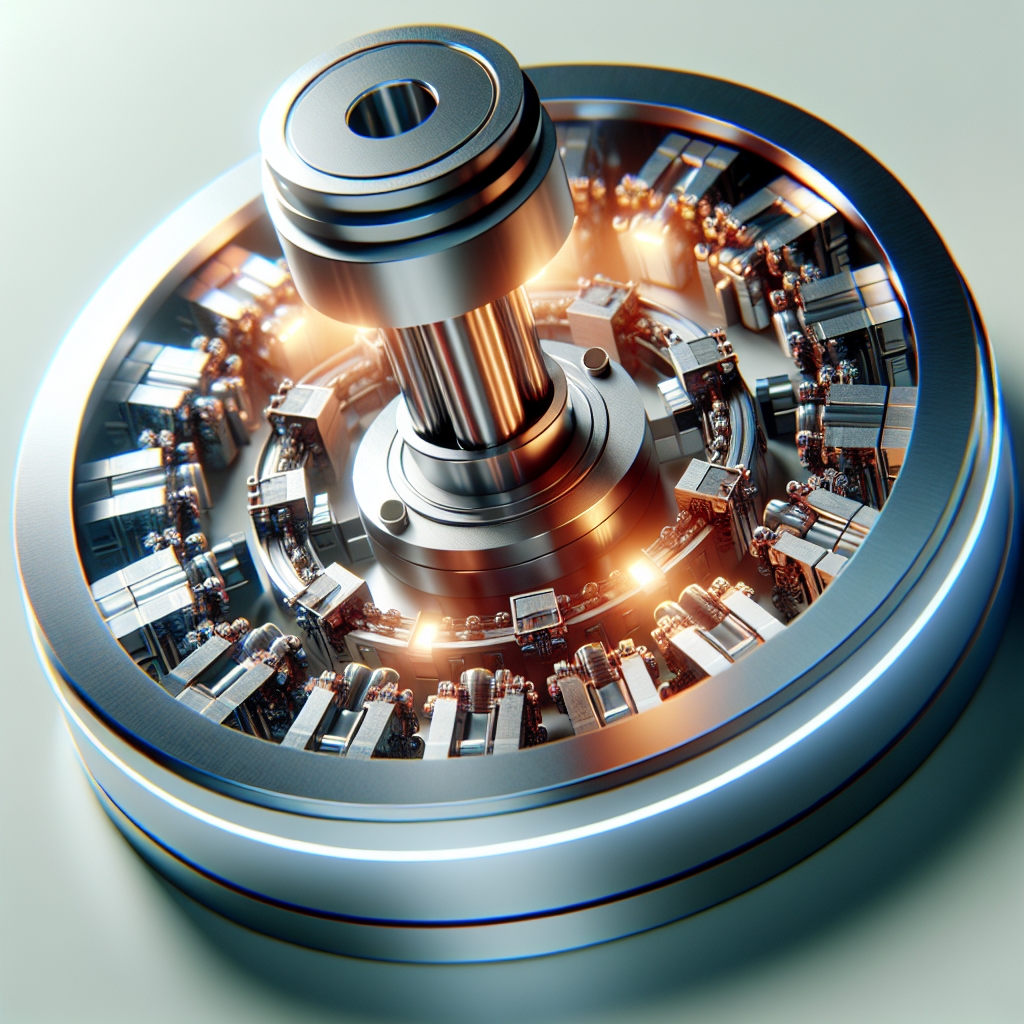Neodymium magnets, known for their exceptional strength and magnetic properties, are widely used in various applications, from hard disk drives to loudspeakers and even in the medical field. These magnets are made from an alloy of neodymium, iron, and boron (NdFeB) and are considered the strongest type of permanent magnets available today. The process of making neodymium magnets is intricate and involves several critical steps, including metallurgical processes, milling, pressing, sintering, and magnetization. This article delves into the fascinating world of neodymium magnets, exploring their composition, the manufacturing process, and the challenges involved in their production.
Chapter 1: Composition and Properties of Neodymium Magnets
Neodymium magnets belong to the rare earth magnet family, which also includes samarium-cobalt magnets. Despite their name, rare earth elements are relatively abundant in the Earth’s crust, but their magnetic properties are exceptional. Neodymium magnets are primarily composed of neodymium (Nd), iron (Fe), and boron (B), typically in the ratio of 1:5:1. The addition of neodymium to the alloy significantly enhances the magnetic properties, making NdFeB magnets much stronger than those made from ferrite or alnico.
The strength of a magnet is measured in terms of its magnetic field or the magnetic flux density, which is expressed in Tesla or Gauss. Neodymium magnets have a high remanence, which is the ability to retain a high magnetic field, and a high coercivity, the resistance to being demagnetized. These properties make them ideal for applications where a small, lightweight magnet needs to provide a strong magnetic force.
Chapter 2: The Manufacturing Process of Neodymium Magnets
The manufacturing process of neodymium magnets is complex and requires precision at every step to ensure the final product meets the desired specifications. The process can be broadly divided into the following stages:
- Melting and Alloying: The first step involves melting the raw materials (neodymium, iron, and boron) in a vacuum induction furnace. The molten alloy is then cast into ingots.
- Milling: The ingots are broken down into smaller particles through a process called jet milling. This step is crucial for achieving the desired uniformity and particle size, which significantly affects the magnetic properties of the final product.
- Pressing: The powdered alloy is then pressed into molds under high pressure, either in an isotropic or an anisotropic process. In isotropic pressing, the powder is pressed in all directions, resulting in magnets that can be magnetized in any direction. Anisotropic pressing, on the other hand, aligns the particles in a specific direction, which results in magnets with a stronger magnetic field in that direction.
- Sintering: The pressed magnets are then sintered at high temperatures, which causes the particles to fuse together into a solid piece. This step also helps to improve the magnet’s density and magnetic properties.
- Magnetization: Finally, the sintered magnets are exposed to a strong magnetic field, which aligns their internal magnetic domains and magnetizes them. This step is performed using a specialized magnetizing coil.
After magnetization, the magnets may undergo additional processes such as machining, coating (to prevent corrosion), and inspection to ensure they meet the required specifications.
Chapter 3: Challenges in the Production of Neodymium Magnets
Despite their widespread use and significant advantages, the production of neodymium magnets faces several challenges. One of the main issues is the environmental impact associated with mining neodymium. The extraction and processing of rare earth elements can lead to significant environmental degradation, including soil erosion, water pollution, and the generation of hazardous waste. Additionally, the supply of neodymium is subject to geopolitical risks, as the majority of the world’s neodymium is sourced from China, which controls a significant portion of the global rare earth market.
Another challenge is the high cost of production, which is driven by the complexity of the manufacturing process and the need for high-purity raw materials. Researchers are continually seeking ways to reduce costs and improve the efficiency of neodymium magnet production, including recycling used magnets and developing alternative materials with similar magnetic properties.
In conclusion, neodymium magnets play a crucial role in modern technology, thanks to their superior magnetic properties. However, the production of these magnets is not without its challenges, including environmental concerns and high costs. As the demand for neodymium magnets continues to grow, finding sustainable and cost-effective production methods will be essential for the future of this important industry.

